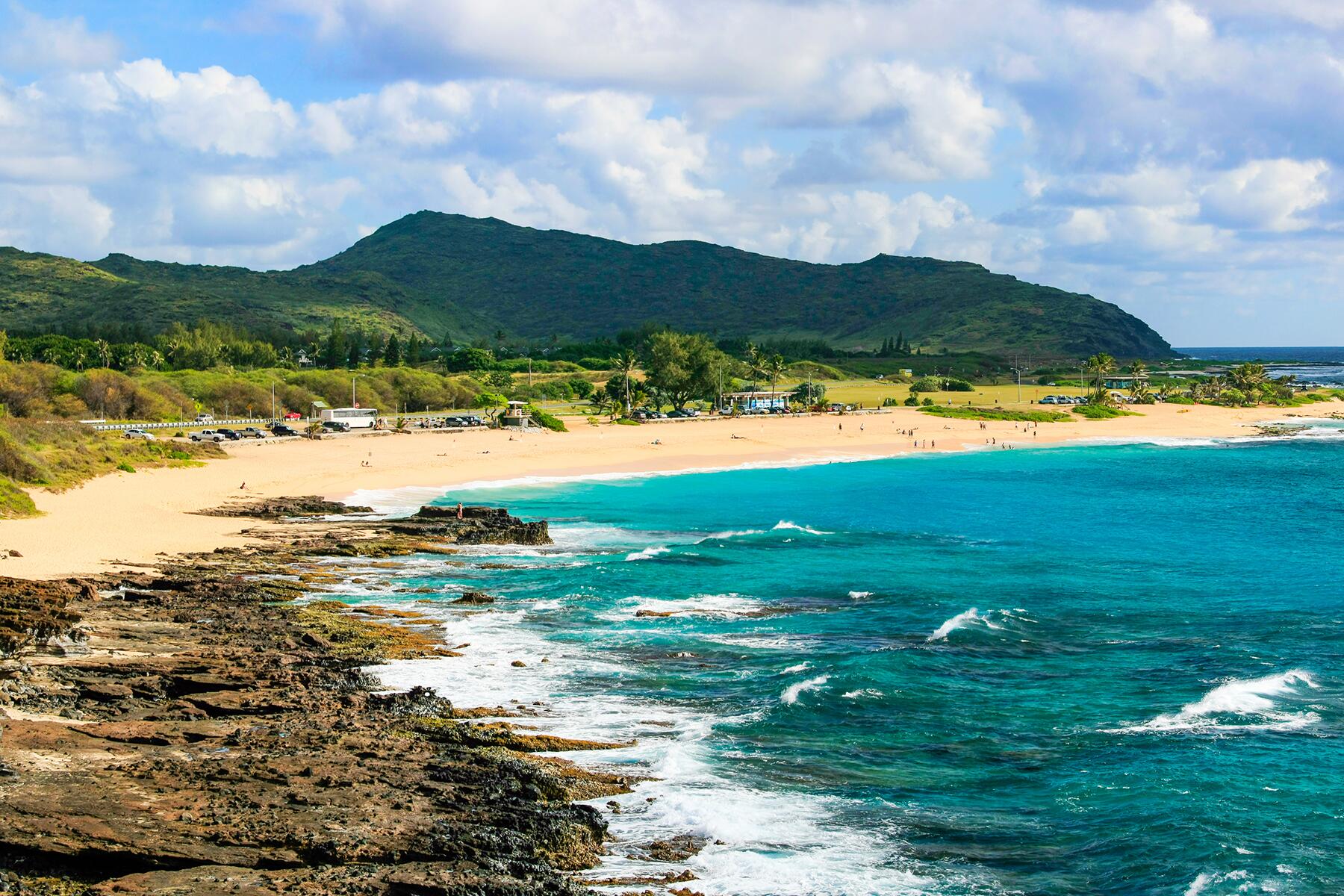Here’s what you need to know about protecting your dog from dangerous algal blooms.
Several dog owners in three different U.S. states have gone from having what should have been idyllic summer outings with their canine companions to experiencing every animal lover’s worst nightmare.
In Wilmington, North Carolina, three dogs died after playing in a local pond last Thursday. In Georgia, a dog died after swimming in Lake Allatoona last Saturday. And in Austin, Texas, three dogs died after playing in the water near Red Bud Isle earlier this month. All otherwise healthy animals that rapidly developed terrifying symptoms (seizures being the most common) and died just hours after going into the water.
The cause of this rash of eerily similar deaths hasn’t been confirmed, but it’s highly likely to be the result of a toxin that’s produced by blue-green algae (cyanobacteria). Blue-green algae occur naturally in bodies of freshwater but when the temperature increases, the algae’s growth explodes in what’s known as an algal bloom. These blooms can then produce toxins that are dangerous to pets as well as people.
“Dogs are especially susceptible to cyanotoxins that attack the nervous system.” —North Carolina Department of Health and Human Services
“Toxins produced by cyanobacteria can affect the kidneys, gastrointestinal tract, liver, and nervous system of people, pets, livestock, and other animals,” says the North Carolina Department of Health and Human Services. “Children and dogs are the most vulnerable to the effects of cyanobacterial toxins. Dogs are especially susceptible to cyanotoxins that attack the nervous system.”
Recommended Fodor’s Video
Although these incidents have only been reported in southern states, these algal blooms can happen anywhere. And with climate change causing many places to experience record high temperatures, these heat-loving algal blooms are likely to be more common than before.
How to Protect Yourself (and Your Pup) From Poisonous Algal Blooms
Unfortunately, if you’d like to take your dog out for a lakefront excursion, checking the water for suspicious-looking algae probably won’t do you much good.
“Your typical layperson would not be able to tell one algae from another, or a good from a bad.” — Dr. Mark Aubel, owner of Greenwater Laboratories
“Your typical layperson would not be able to tell one algae from another, or a good from a bad,” Dr. Mark Aubel, owner of Greenwater Laboratories, told 11 Alive News. “It just kind of behooves anybody that sees algae in a lake, in a pond, that they would probably want to be cautious and just not expose themselves to it or to their pet.”
The only way to know for sure if a body of water contains the harmful toxins caused by blue-green algae is with testing. Scientists have confirmed that samples of algae from Austin’s Red Bud Isle contained the toxin, but that they hadn’t been found in any other parts of Lady Bird Lake. And, then again, even if the testing shows that blue-green algae levels are “within the safe range” (as was ultimately the case with Lake Allatoona) it’s always better to be safe than sorry. The Georgia Environmental Protection Division, which tested the water samples from Lake Allatoona, cautioned that people should avoid lakes or ponds that are “bright green or the color of pea soup.” And the North Carolina Department of Health and Human Services recommends that if you are “unsure whether or not a bloom is present, it is best to stay out of the water.”
If you do visit a body of water with your dog and they start exhibiting the following symptoms: diarrhea, vomiting, drooling, weakness, disorientation, collapse, seizures, or difficulty breathing, seek out veterinary care immediately. (These symptoms can occur as early as 15 minutes or as late as several days after exposure.) If immediate action is taken there’s a chance a vet can flush out the toxins before they take full effect, according to the American Kennel Club.
If you want to take your dog somewhere to cool off you still have plenty of options. Find one of those water fountains where the water sprays directly out of the ground, head to a coastal beach, arrange a doggy playdate with your neighbor with the pool, or set up a good old fashioned lawn sprinkler in your backyard. Just make sure that you remain cautious when it comes bodies of still and stagnant water.




